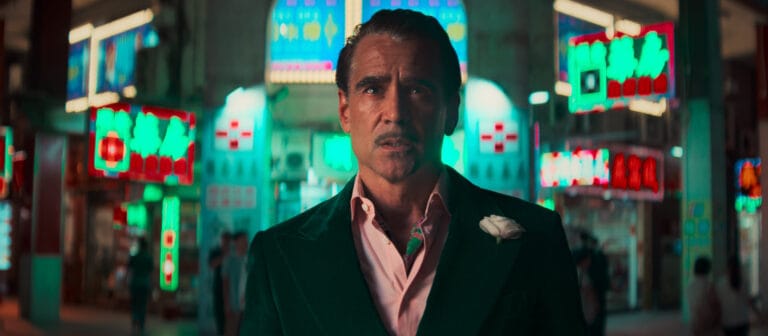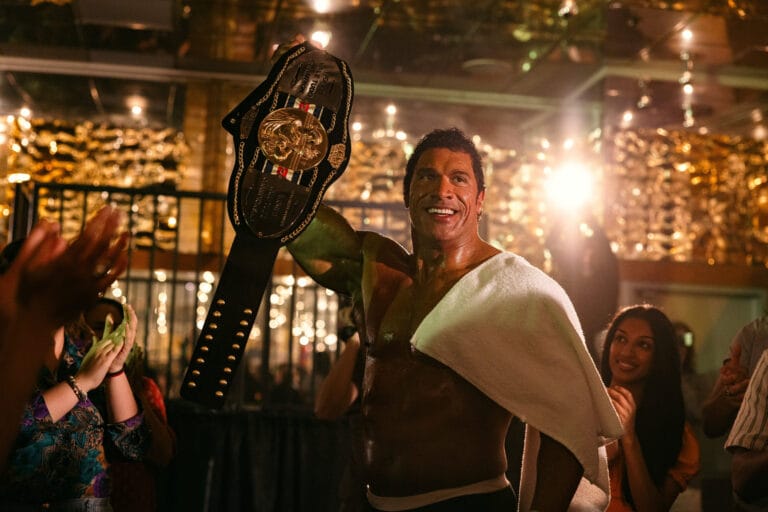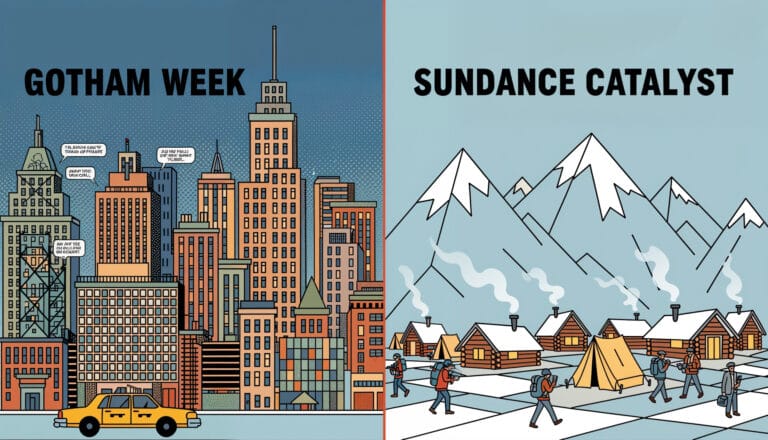- Beyond the Blockbuster: Chris Hemsworth steps away from his superhero persona to share a deeply personal journey with his father, Craig, who is battling an early-stage Alzheimer’s diagnosis.
- Documentary as Advocacy: The National Geographic special, A Road Trip to Remember, exemplifies a powerful trend of using personal documentary filmmaking to raise awareness and foster empathy for critical health issues.
- A Masterclass in Vulnerability: The film offers invaluable lessons for all creatives on how to balance cinematic craft with raw, authentic storytelling, turning a private struggle into a universal message of love, memory, and resilience.
For over a decade, we’ve watched Chris Hemsworth wield hammers, command armies, and save the universe. His on-screen identity has become synonymous with mythic strength and invincibility. But in his upcoming National Geographic special, the actor is trading his cape for a motorcycle helmet to embark on a journey that requires a different, more profound kind of courage. A Road Trip to Remember documents Hemsworth and his father, Craig, as they travel through the rugged beauty of northern Australia. This is no ordinary vacation; it’s a poignant quest to create new memories as they confront the realities of Craig’s early-stage Alzheimer’s diagnosis. This deeply personal project isn’t just another celebrity documentary—it’s a powerful examination of family, mortality, and the art of storytelling itself, making it arguably the most significant role of Hemsworth’s career.
The Personal Stakes: Beyond the Superhero Cape
The emotional core of A Road Trip to Remember is its stark and unflinching honesty. The project was born from a revelation Hemsworth experienced during his docuseries Limitless, where genetic testing revealed he carries two copies of the APOE4 gene, significantly increasing his risk of developing Alzheimer’s disease. This wasn’t just a hypothetical health warning; it was a direct link to the battle his own father was beginning to face. The film, therefore, operates on two deeply intertwined emotional levels: a son’s desire to connect with his father in the present and his own confrontation with a potential future. This duality transforms the narrative from a simple travelogue into a profound meditation on what we inherit from our parents, both genetically and emotionally.
This turn toward radical vulnerability is part of a larger, welcome trend among public figures who are leveraging their platforms for more than just entertainment. We’ve seen this resonate powerfully in films like Still: A Michael J. Fox Movie, which uses innovative filmmaking techniques to bring the audience directly into the actor’s experience with Parkinson’s disease. Similarly, documentaries like the one chronicling Selena Gomez’s mental health journey, My Mind & Me, pull back the curtain on the immense pressures of fame. These projects prove that an audience’s connection to a creator is deepened not by perceived perfection, but by shared humanity. A Road Trip to Remember follows in this tradition, using Hemsworth’s global platform not to build a myth, but to reveal a man grappling with the same fears and hopes that touch countless families around the world.
For filmmakers and creatives, the lesson here is monumental: authenticity is your most powerful tool. Whether you’re crafting a fictional screenplay or a personal documentary, grounding your story in a core, undeniable emotional truth is what makes it resonate. Audiences are more sophisticated than ever; they can spot manufactured drama from a mile away. The power of a film like this one lies in its refusal to shy away from uncomfortable realities. The practical tip is to find the universal in your specific story. Don’t just show an event; explore the raw emotion behind it. Interrogate your characters’ deepest fears and desires, because that is where your audience will find themselves.
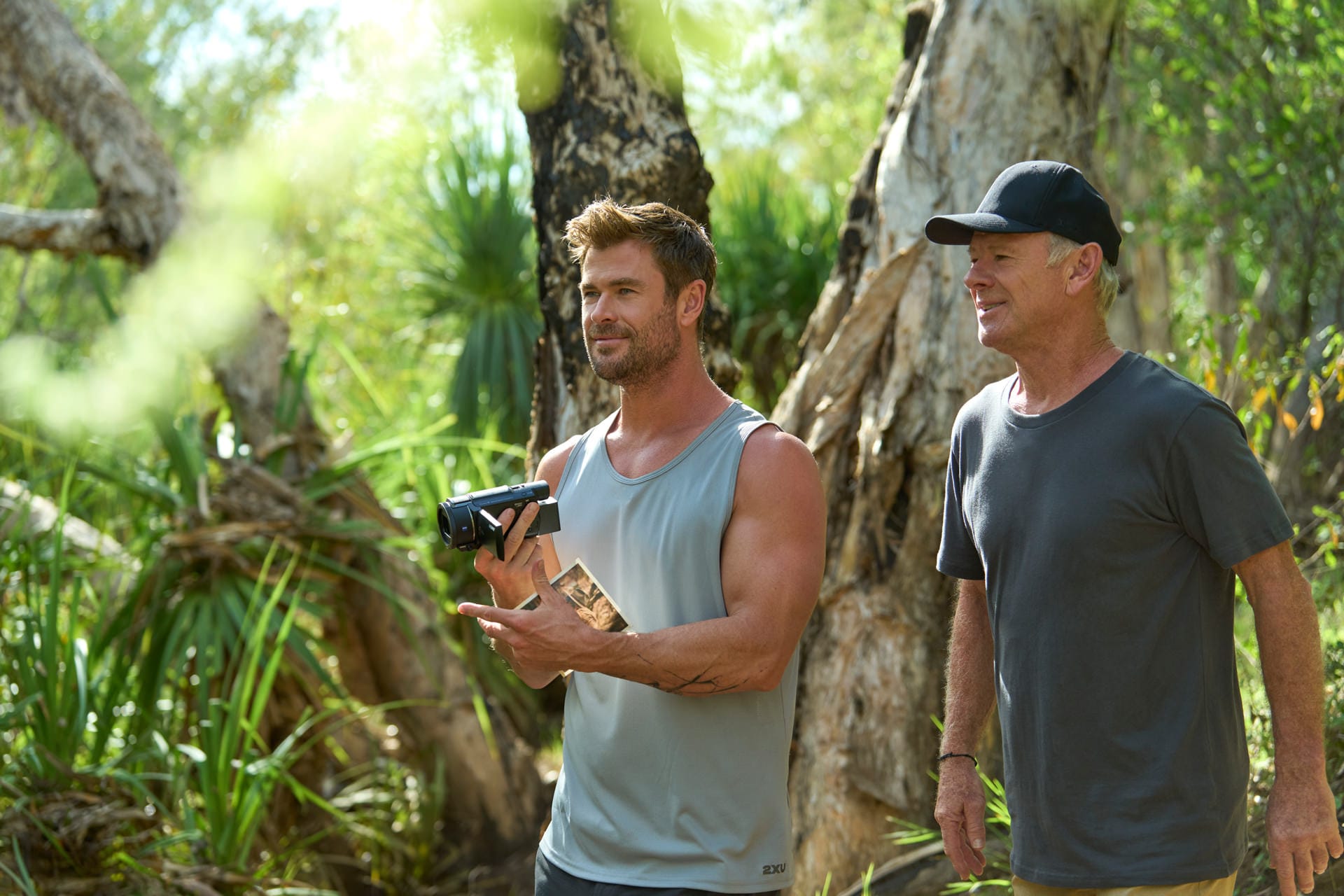
Documentary as a Vehicle for Powerful Advocacy
While deeply personal, A Road Trip to Remember also serves a crucial public function, placing it in the lineage of documentaries that have successfully driven social change and awareness. The film is poised to become a significant cultural touchstone for the Alzheimer’s conversation, a disease that affects over 57 million people globally yet is often shrouded in misunderstanding and fear. By framing the narrative around a beloved public figure and his family, the documentary demystifies the experience, fostering empathy and encouraging open dialogue. It moves the conversation from cold statistics to the warm, tangible bond between a father and son, making the issue impossible to ignore.
History has shown us the immense power of this format. Films like Davis Guggenheim’s An Inconvenient Truth fundamentally shifted the global conversation around climate change, while Gabriela Cowperthwaite’s Blackfish led to tangible policy changes at SeaWorld and reshaped public opinion on animal captivity. More recently, Crip Camp brought the story of the disability rights movement to a global Netflix audience, earning an Oscar nomination and illuminating a vital piece of overlooked history. These films demonstrate that documentary is not a passive medium; it is an active agent of change, capable of informing minds, touching hearts, and inspiring action on a massive scale.
This matters because it reminds every creator that their work can have an impact far beyond the screen. You don’t need a Hollywood budget or a celebrity subject to make a difference. The key is to fuse a compelling narrative with a clear, passionate purpose. For your own projects, consider the issues that move you. Is there a local story that deserves a wider audience? A social injustice that needs a brighter light shone on it? Your practical takeaway is to start small but think big. Use your skills—be it filmmaking, writing, or AI art—to craft a narrative that doesn’t just state facts but evokes emotion. You can explore complex themes and visualize powerful scenes for your advocacy project using the tools in our Filmmaking AI Workflows guide to map out a story that can truly make a difference.
The Cinematic Craft of Vulnerability
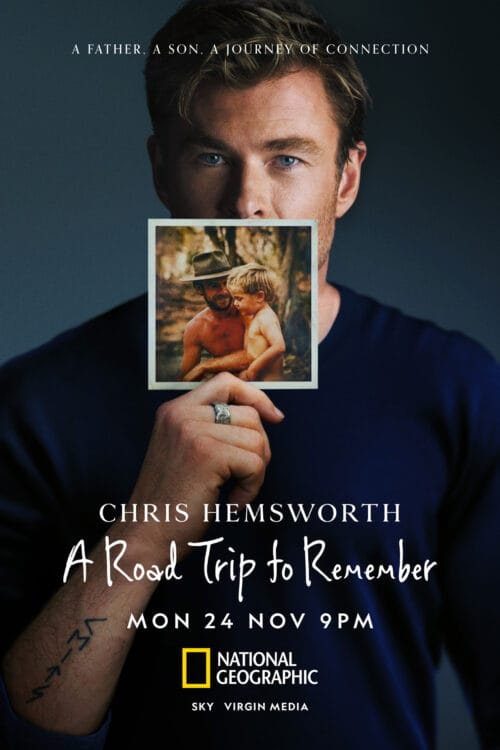
Telling a story as delicate as this one requires immense skill. Director Tom Barbor-Might faces the profound challenge of capturing raw, unscripted moments of connection and potential grief without ever feeling exploitative. The success of A Road Trip to Remember will hinge on this ethical and artistic tightrope walk. The decision to frame the story as a road trip is a stroke of cinematic genius. It provides a narrative engine and a visual metaphor for the journey they are on—both literally across the Australian outback and emotionally through the landscape of memory and impending loss. The open road signifies freedom and forward momentum, even as they grapple with a condition that threatens to take things away.
The visual language of the film is crucial. The sweeping vistas of Australia are not just a beautiful backdrop; they are an active participant in the story. This environment, so central to the Hemsworth family’s identity, becomes a character in itself—a repository of past memories and the setting for creating new ones. This approach, where the landscape reflects the internal state of the characters, is a hallmark of great cinematic storytelling, seen in narrative films like Chloé Zhao’s Nomadland or the quiet, meditative journeys in the work of Wim Wenders. The constant motion of the motorcycles, the campfire conversations under vast skies—these elements create a visual poetry that transcends simple interview-based documentary filmmaking.
For creatives, this underscores the importance of marrying your subject to the right form. The how of your story is just as critical as the what. A talking-head interview about memory loss would be informative, but a shared journey on motorcycles is evocative and deeply cinematic. Your practical tip is to always think metaphorically about your visual approach. Before you even write a line of dialogue or a shot list, ask yourself: what is the visual representation of my story’s central theme? Use creative tools to brainstorm these concepts. You can generate stunning visual ideas and mood boards that capture your story’s essence with the techniques found in our Midjourney Mastery Guide, helping you find the perfect visual language for your narrative.
The Legacy Beyond the Screen
Ultimately, the impact of A Road Trip to Remember will be measured not just in viewership numbers, but in the conversations it starts in homes around the world. For Chris Hemsworth, it represents a pivotal moment of artistic and personal evolution, using his immense influence to create a work of lasting meaning. It’s a project that cements a legacy beyond box office returns—one rooted in family, courage, and the power of a story well told. By sharing his family’s vulnerability, he gives millions of others permission to do the same, fostering a sense of community and shared struggle for those navigating the difficult path of dementia and caregiving.
This film also signals a maturation of celebrity-driven content. It moves beyond the curated perfection of social media and the self-promotional nature of some vanity projects, setting a new standard for what is possible when a public figure commits to authentic, purpose-driven storytelling. It demonstrates a desire to connect with an audience on a fundamentally human level, building a bridge of empathy that no blockbuster action sequence could ever hope to construct. The success of A Road Trip to Remember will likely inspire other artists to look inward and find the powerful, personal stories that they are uniquely positioned to tell, further enriching the landscape of documentary film.
The key lesson for every artist and filmmaker is to consider the legacy of your work. What do you want your story to leave behind? What conversation do you hope it will ignite? Every creative choice you make, from the initial concept to the final edit, contributes to that legacy. Your film, your script, or even a single, powerful image can become a catalyst for reflection and change. As you develop your next project, think about the core message you want to impart. Powerful tools like AI Render Pro can help you craft that one iconic, resonant image that encapsulates your entire narrative and leaves an indelible mark on your audience.
Internal Links for Further Learning
- DesignHero Shop: Premium AI tools and resources for professional creators.
- Hero’s Essentials: Gear & Tools: Explore the essential gear and tools for modern filmmakers and creatives.
- Explore complex character arcs and narrative structures with our guide on Filmmaking AI Workflows.
- Visualize the powerful metaphors and settings for your next project using the techniques in our Midjourney Mastery Guide.
- Craft the perfect, iconic image to define your story’s message with AI Render Pro.
Conclusion
Chris Hemsworth’s A Road Trip to Remember is more than just a film; it’s a brave, necessary conversation starter and a testament to the enduring power of family. It reminds us that behind every larger-than-life persona is a human being navigating the same universal challenges we all face. For creatives, it serves as a powerful source of inspiration, proving that our most personal stories are often our most potent. As you embark on your own creative journeys, let this film be a reminder to seek truth, embrace vulnerability, and tell the stories that truly matter. To bring your own powerful stories to life with stunning visuals, explore the creative potential of AI Render Pro and see how it can transform your workflow.
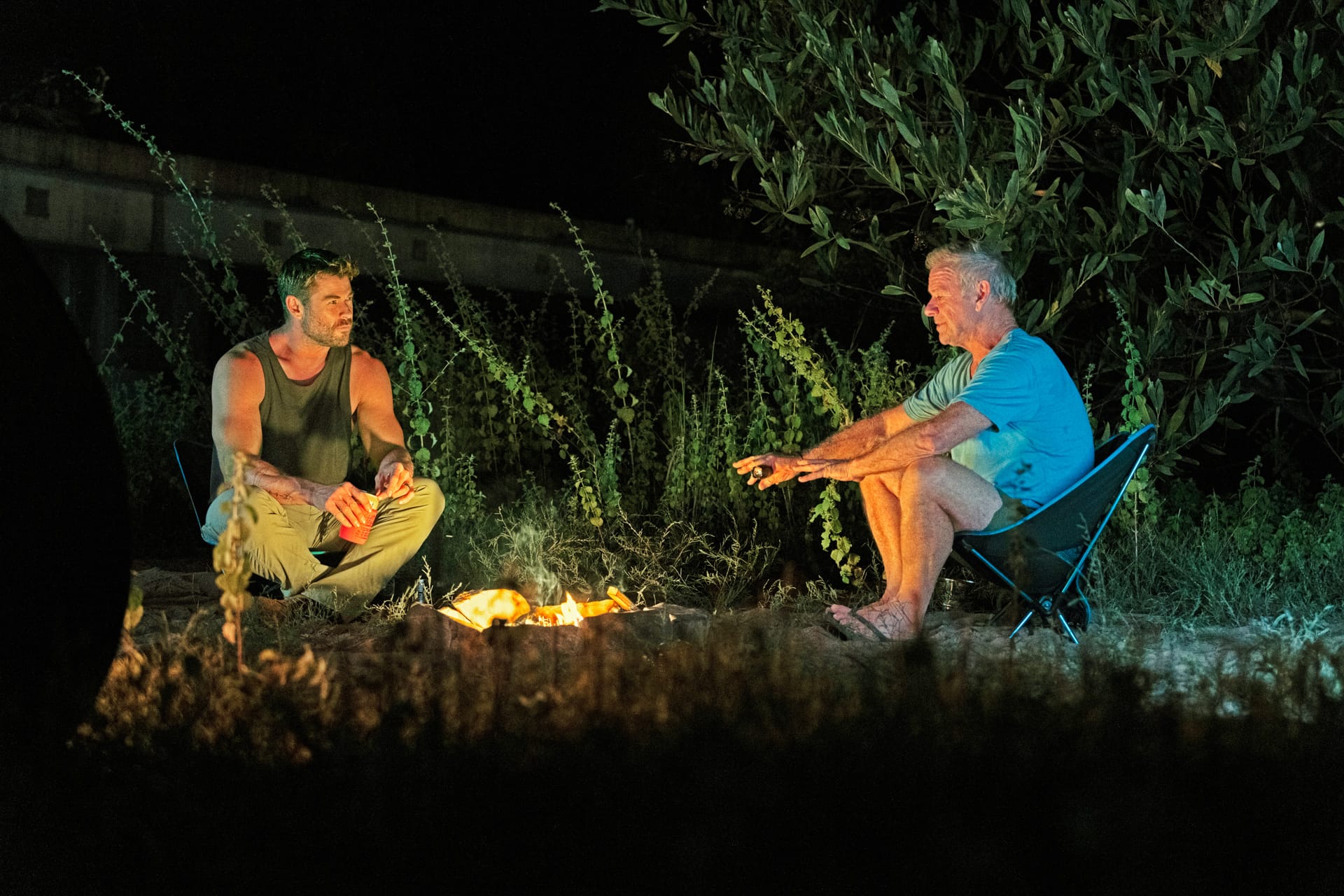
FAQ
What is Chris Hemsworth’s A Road Trip to Remember about?
It’s a National Geographic documentary special that follows the Avengers actor and his father, Craig, on a motorcycle trip through Australia. The journey is a way for them to create lasting memories together as they navigate Craig’s recent diagnosis with early-stage Alzheimer’s disease.
What is Chris Hemsworth’s personal connection to Alzheimer’s disease?
During his series Limitless, Chris underwent genetic testing and discovered he carries two copies of the APOE4 gene, which is known to significantly increase the risk of developing Alzheimer’s. This discovery, coupled with his father’s diagnosis, gives the documentary a deeply personal and multi-generational significance.
How can filmmakers effectively tell personal and vulnerable stories?
Effective personal storytelling hinges on authenticity and cinematic craft. Filmmakers should focus on finding the universal emotional truth within a specific experience, use visual metaphors to convey internal states, and maintain a strong ethical responsibility to their subjects, ensuring the narrative is empowering rather than exploitative.
Discover more from Olivier Hero Dressen Blog: Filmmaking & Creative Tech
Subscribe to get the latest posts sent to your email.







